Japanese Sweets That You’ll Love
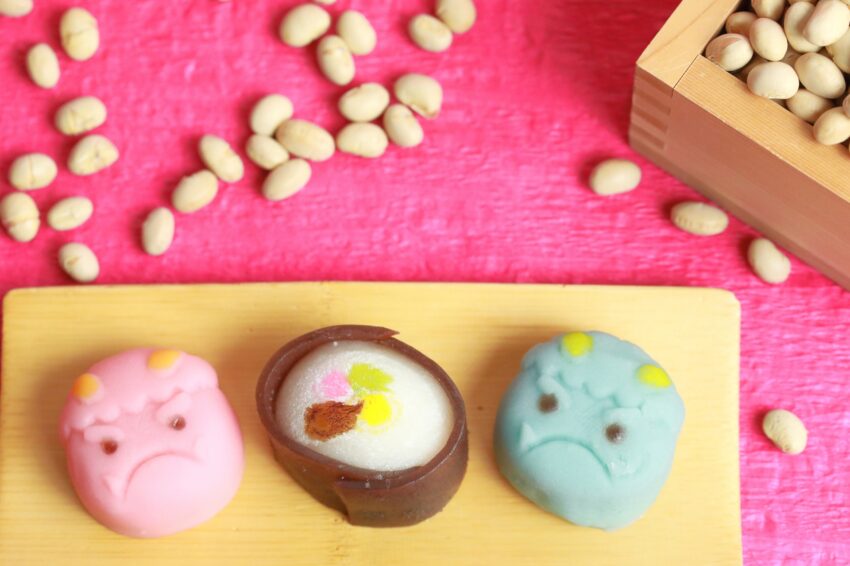
Top Photo: _musubiさん on PhotoAC
Just in time for Setsubun, here are some delightful Japanese sweets to try!
Craving for sweets, but looking to try something new? How about some of these traditional Japanese sweets, or wagashi.
Growing up as an avid anime watcher, I saw a lot of interesting and unique Japanese sweets that made me want to visit Japan and try them myself. And from the time that first did, I fell in love with the various flavors of Japan’s traditional snacks and dessers. Here are some of my favorites:
Mochi
The very origins of Japanese sweets can be traced back to mochi, the sticky rice cake that is considered Japan’s oldest processed food. Mochi gets its name from its main ingredient, mochigome rice (a short-grain, glutinous type of rice). This gives mochi its distinctive gooey texture after it has been sufficiently mashed and pounded.
Mochi is frequently consumed during holidays, special events and other occasions. It has been a part of Japanese New Year celebrations since the Heian period. Mochi-pounding itself is frequently a part of holiday festivities, if not the focus of a special event itself. Long story short, mochi is as synonymous with Japan as sakura, haiku and kimono.
Mochi can be served either savory or sweet. It comes in a variety of flavors, including daifuku (a rice cake filled with red bean paste), kusamochi (a rice cake flavored with Japanese mugwort) and sakura mochi (a rice cake wrapped in a salted cherry blossom leaf).
Dorayaki
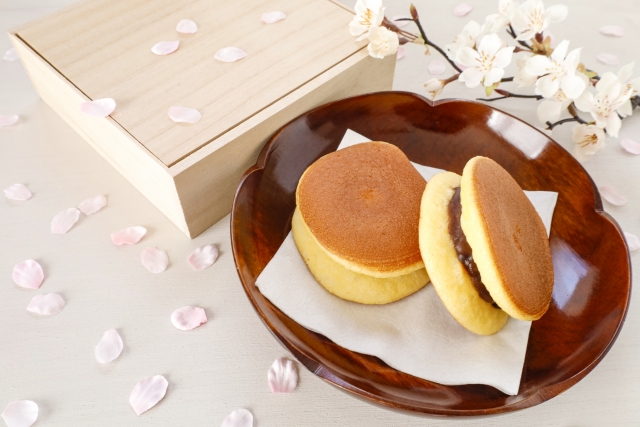
Photo by hana+choco
Created in the early 1900’s by a Tokyo dessert maker, Dorayaki is a popular Japanese sweet among Japanese people of all ages even today. It is perhaps most well-known as the favorite snack of the popular manga and anime character “Doraemon” whose name derives from the sweet. To make Dorayaki, two small pancakes act to sandwich red bean paste. Other fillings like custard cream and chocolate can be used, making this a multi-purpose confectionary.
Manju
Manju are sweet pastry cakes, made of steamed dough, and filled with sweet bean paste. Before baking or steaming, manju are formed into a variety of shapes, ranging from perfectly round cakes to pointed chestnuts. Aside from sweet bean paste (anko), they can also have other flavors such as green tea (matcha), milk, and white kidney beans.
Dango
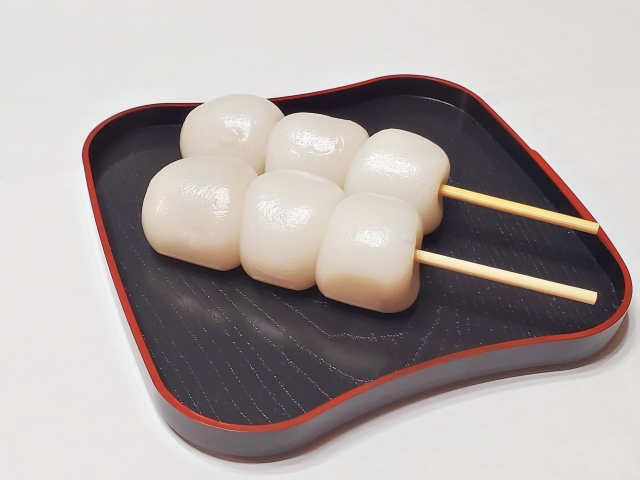
Photo by 乙樹
Whereas mochi is made from pounded rice, dango are small dumplings made from sweet rice flour. The rice flour is mixed with hot water to make dough, which is then formed into the dumplings that are boiled, skewered, and grilled. This results in them having a slightly chewier texture. Dango are delicious plain or drenched in thick, sweet soy sauce. Sesame seeds are frequently added to rice flour to create a nuttier-tasting “goma-dango.”
Senbei
Senbei are toasted rice cracker snacks. They can have a wonderful aroma and a crisp texture after being freshly roasted over charcoal. Unlike many other types of wagashi, these are made from non-glutinous rice rather than the sticky kind. Thus they will always be crispy and crunchy, no matter the variation. Senbei can be flavored with soy sauce, sesame seeds, sugar, and nori seaweed.
That’s just scratching the surface of the many traditional Japanese sweets you’ll find. If you live in Japan or plan to visit, don’t miss out on these delectable and savory treats. They will surely sweeten up your day!
Looking for some places in Tokyo to find Wagashi? Check out our guide here!
Thinking of moving to Tokyo, Osaka, or one of the other major areas in Japan for work as an Assistant Language Teacher? See the many options starting from April 2023!
Photo Credits:
Top Photo: _musubiさん on PhotoAC
Additional photos by hana+choco and 乙樹
All other content (text) created by the original author and © 2023 MUSUBI by Borderlink
RELATED
-
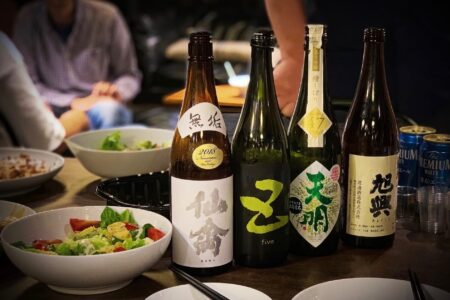
5 Things You Should Know About Sake
Top Photo: Xtra, Inc. on Unsplash The world of sake can be daunting. When you first arrive in Japan you may b… -
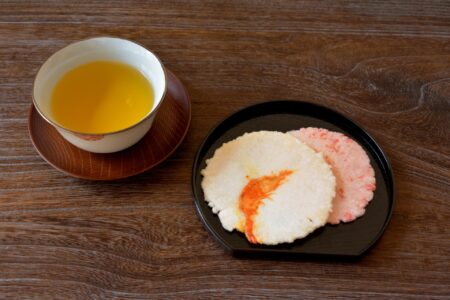
A Look At The Japanese Take On Snacks
Top Photo: かずなり777さん on PhotoAC If you’re like me, during an afternoon break or right after you finish work, y… -
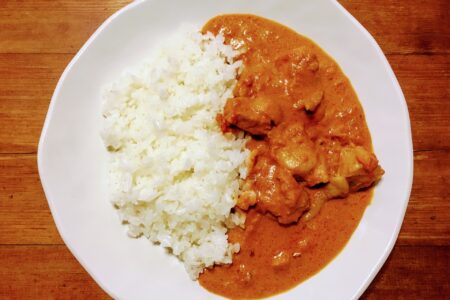
Friends Through Food
Top Photo: kumakoさん on PhotoAC “A way to my friend’s heart is through their stomach” It was …
PEOPLE

Jaymar Agulto
From the Philippines
Has 4 and half years of experience in Japan!


